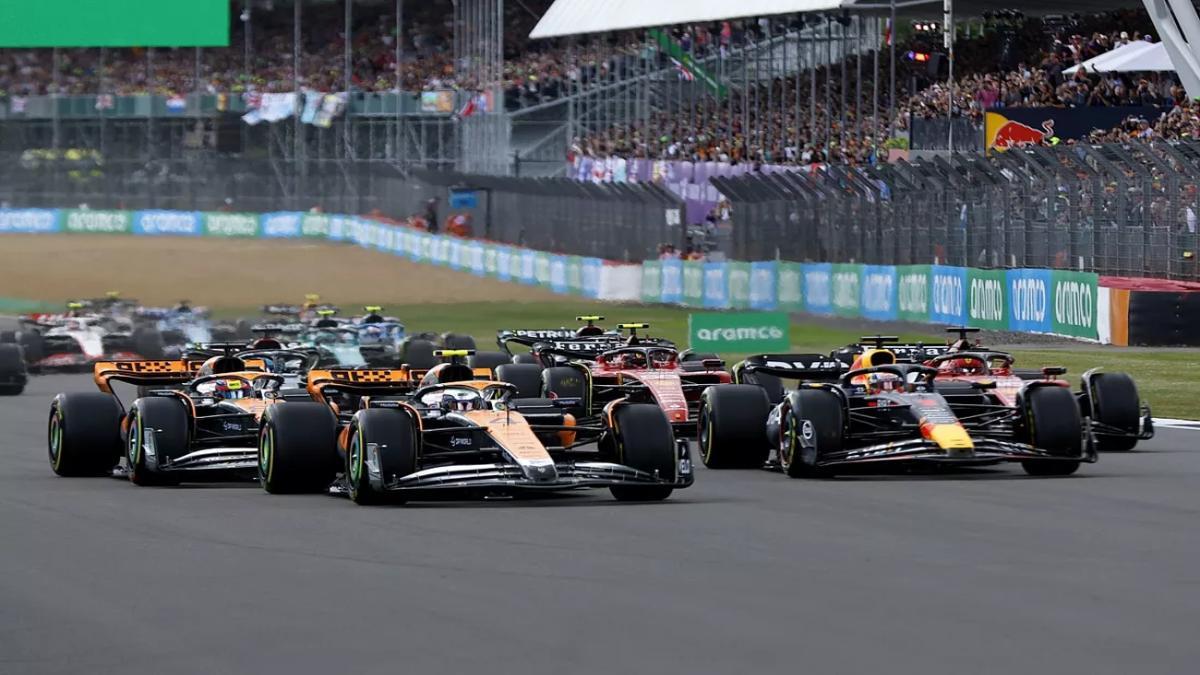(Motorsports news) FIA has committed to using turbo hybrid power units that run on totally sustainable fuel starting in the 2026 rule cycle. With a roughly 50/50 ratio between electrical and internal combustion engine power, one of the major changes going forward will be a greater reliance on battery power.
F1 is well aware that in order to maintain the interest of road car manufacturers, who are moving toward all electrified vehicles, it must remain at the forefront of battery technology development Longer ahead, though, grand prix racing may also go to hydrogen power if it proves appropriate for the sport. The FIA and F1 have just formed a working group to assess the technology, joining Extreme H, the sister series of Extreme E.
Although the future of F1 power units is currently uncertain, regulations that benefit manufacturers, according to FIA head of single-seater affairs Nikolas Tombazis, are crucial. There are still many possibilities available, including more electrical options, hydrogen (about which the FIA is working hard), and more environmentally friendly e-fuels.
However, we always try to stay in line with the goals of the participating OEMs. We are unable to travel in a direction unrelated to the road car at all. “The main goal is to stay road relevant, and I believe anyone who strolls around the paddock can see there are a lot of challenges to overcome.” Tombazis told a select group of media, “The step for 2026 is defined, but what we do in the next step afterwards is still up for discussion.”
There are still many possibilities available, including more electrical options, hydrogen (about which the FIA is working hard), and more environmentally friendly e-fuels. However, we always try to stay in line with the goals of the participating OEMs. We are unable to travel in a direction unrelated to the road car at all. “The main goal is to stay road relevant, and I believe anyone who strolls around the paddock can see there are a lot of challenges to overcome.”
The new turbo hybrid power units are a key component of F1’s goal of having net carbon neutral emissions by 2030. Though the race vehicles’ emissions account for a relatively tiny portion of Formula One’s total carbon footprint, the FIA is aware that significant efforts beyond technical regulations are required to make improvements. “The cars themselves have a very small portion of the overall carbon footprint,” Tombazis continued. Overall, I believe it to be less than 2%.
It follows that handling the remaining 98% of the sport’s responsibilities falls under our purview. This includes handling logistics, supplies, component counts, scheduling, and a host of other issues. “However, from a technological perspective, the car side is crucial because it allows the participating OEMs to work on technologies and other things.”
Also read: Wache: Red Bull F1 squad still finds modest Newey to be indispensable
.














